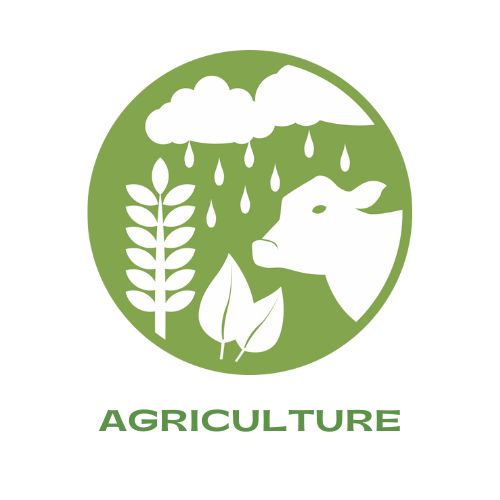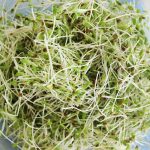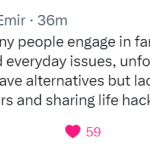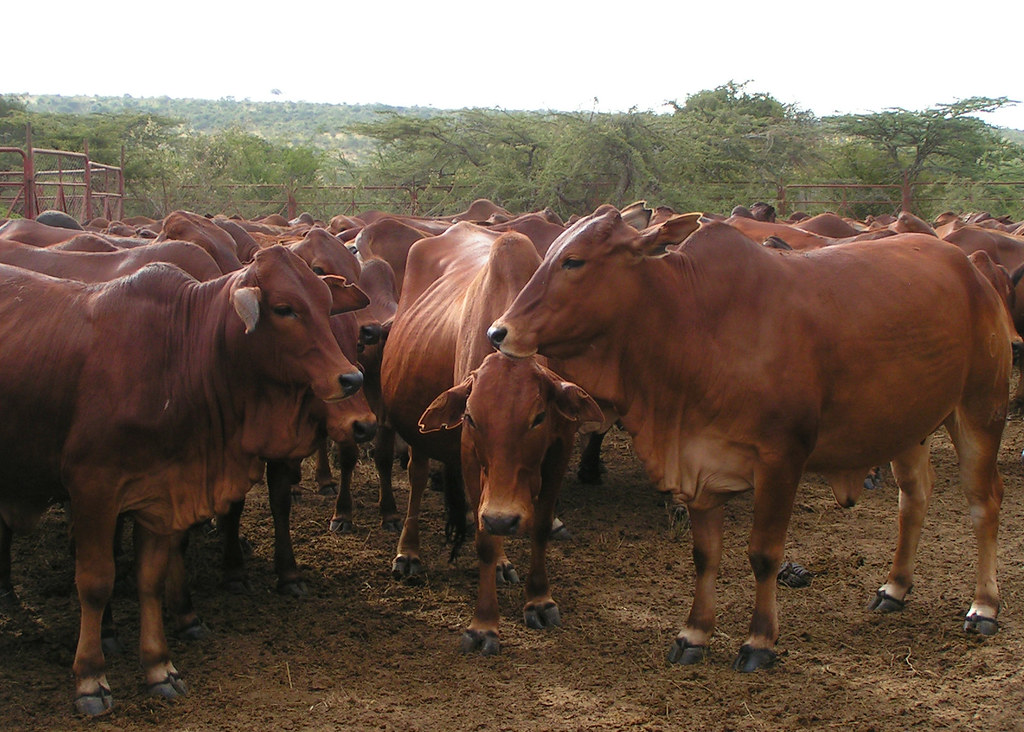The Kenyan government is proactively encouraging local farmers to take advantage of technological progress in agriculture by signing up for the Kenya Integrated Agriculture Management Information System (KIAMIS).
At a meeting in Nairobi, Harsama Kello, the Principal Secretary for Crop Development, stressed the need for collaboration between key players in the agricultural value chain. The event was organized by the National Value Chain Development Project (NAVCDP).
In his statement, Kello emphasized the importance of having a centralized platform for farmers, pointing out its potential to identify each county’s unique capabilities and enable the fair distribution of agricultural resources and subsidies. “The KIAMIS system makes it easier to pinpoint agricultural potential in each area and strategically allocate resources to productive initiatives,” he remarked. He also said that integrating farmer data into one management system could significantly increase food production nationwide.
Additionally, Kello highlighted several areas that could benefit from this initiative, like cooperative planning, partnering with investors, improving marketing and extension services, and enhancing farmer education.
Notably, the national government and Ministry of Agriculture have recently implemented measures to strengthen food security, including tax breaks on fertilizers and developing the four major value chains: staple foods, dairy, livestock, and horticulture.
Regarding horticulture, Kello told farmers about plans to start a 200,000+ acre sunflower farming project, with preparations underway to obtain seeds. The Ministry of Agriculture is also working to convert 500,000 acres of idle public land into productive zones to further food security goals.
Per Kello, this proactive approach aims to address recurring maize shortages and ease challenges importing maize, a staple food for many Kenyans. So increasing production is critical to ensuring household food security and preventing hunger.
In Taita Taveta County, officials are committed to restoring food security after diminished yields last fiscal year. At the NAVCDP event, Erickson Kyongo, the County Executive Committee Member for Agriculture, Livestock, Fisheries, and Irrigation, outlined bold steps to support food production, value addition, and market development.
Kyongo said the county has devised multiple plans to reinvigorate food production and value chains, relying on support from the national government, NGOs, and private stakeholders to achieve these ambitious goals.
As part of its strategy, the county seeks to increase milk production from 20 million to 30 million liters annually, boost rice output from 4,644 to 12,000 tonnes, and complete a Taveta banana processing facility.
With more resources from the national government and NGOs, dairy, rice, banana, livestock, and poultry production – pivotal sub-sectors – are driving new agricultural gains.










